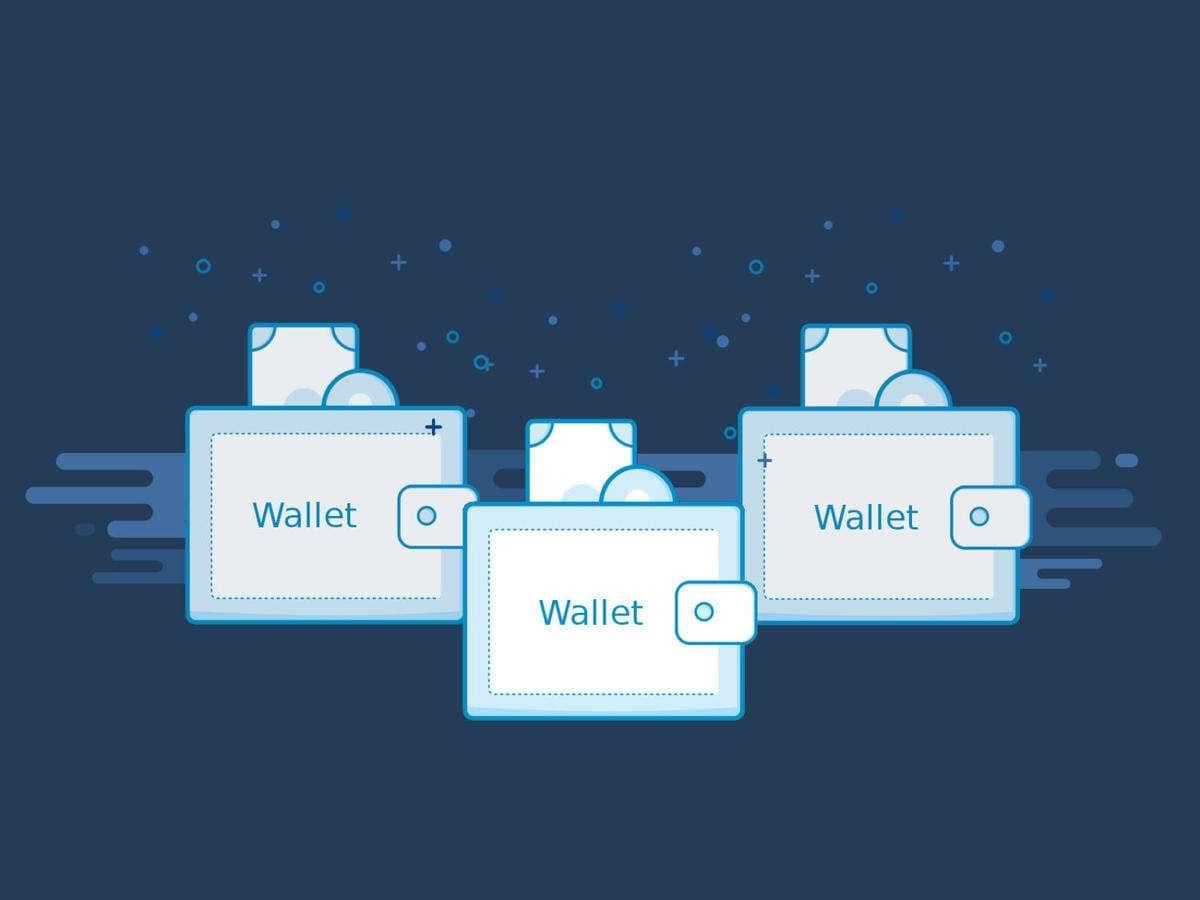Content
Bitcoin (BTC-USD) is the best-known example of a crypto that uses Proof-of-Work. The Ethereum ETH merger is finally complete as the cryptocurrency switches to the proof-of-stake mechanism for verifying transactions on the blockchain. In the “proof-of-stake” system, ether owners will lock up set amounts of their coins to check new records on the blockchain, earning new coins on top of their “staked” crypto. This “proof-of-work” consensus mechanism, which requires computers to agree on which transactions will be added to a new block, is very energy-intensive. There was always a risk that Ethereum miners would create a competing chain and keep the proof-of-work version of Ethereum alive. All the smart contracts, coins, and NFTs that exist on the current chain would be automatically duplicated on the “forked,” or copied, chain.

Devnets are critical for developers working on the protocol as well as smart contract developers that want to run their own chain using their own initial state. However, the latter need can be satisfied by tools such as Foundry which runs a “simulated” Ethereum environment that is enough for testing many contract interactions. Many are popping up on social media targeting crypto-users in general. Be alert for fishing scammers posing as crypto exchanges or crypto wallets sending you instructions or requesting information. While Ethereum developers say the “proof-of-stake” model has safeguards to ward off hackers, others say criminals could attack the blockchain under the new system.
What is proof of stake?
The digital currency Ether is down 63.21% in 2022 as the crypto market has experienced high volatility and severe downward swings since the beginning of the year. Many investors are now worried about the future classification of Ethereum. While the SEC still hasn’t made an official statement on whether they consider Ethereum a security instead of a commodity, it’s very alarming news that could shake the entire crypto space.

That energy demand is primarily from the Proof-of-Work consensus model which has become a substantial user of electricity globally. For example, Bitcoin has an energy cost per transaction of 830 ethereum proof of stake model kWh. The configuration above contains information about the different hard-fork versions that are required for Prysm to run, and has some custom parameters to make running your devnet easier.
Ethereum Proof-of-Stake Consensus Specifications
With the Proof-of-Stake model, miners have to pledge a “stake” of digital currency before they can validate transactions. A miner’s capacity to validate blocks depends on how many coins they have put up for stake and how long they have been validating transactions. The miner chosen for each transaction is chosen randomly through a weighted algorithm that takes the miners’ relative power into account.
Also in every slot, a committee of validators is randomly chosen, whose votes are used to determine the validity of the block being proposed. The fork also duplicates all the tokens, NFTs and native coins on the chain. Say you have 10 ETH, 10K USDC and a liquidity provider position pre-fork, you will have the same assets on both chains after the fork. On depositing their ETH, the user joins an activation queue that limits the rate of new validators joining the network. Once activated, validators receive new blocks from peers on the Ethereum network.
Adding Prysm peers to your network#
The more coins you have, the more likely it is that you’ll earn a reward for validating the next transaction. Those interested in staking on the Ethereum network will need to have at least 32 ETH they are willing to lock up and will have to set up a staking node by running an Ethereum client. Ethereum clients are just software that enables nodes to interact with the Ethereum network. Once a majority of the committee has attested the new block, it’s added to the blockchain and a “cross-link” is created to confirm its insertion. Only then does the Ethereum staker who was chosen to propose the new block receive their reward. One of the main reasons for the consensus switch is to dramatically reduce the energy requirements for validating transactions and issuing new ETH.

Efforts to crack down on Bitcoin’s waste are gaining steam in the US as well. In November, New York became the first state to enact a temporary ban on new cryptocurrency mining permits at fossil-fuel plants. The new law also requires New York to study crypto mining’s impact on the state’s efforts to reduce its greenhouse-gas emissions. A variety of other countries, including Kazakhstan, Iran, and Singapore, have also set limits on crypto mining. In April 2023, the European Parliament is due to pass a landmark crypto bill called Markets in Crypto Assets , which mandates environmental disclosures from crypto firms.
Subscribe to our newsletter.
Note, however, that some of these products have been under increased regulatory scrutiny and a handful of providers have abruptly ended or frozen their programs. The Ethereum Organization said there were several things users thought the Merge would accomplish that simply weren’t part of the plan. Most notably, the Merge would not speed up the Ethereum network in any substantial way, and that it will still be just as expensive to get a transaction added. The Merge, the moment Ethereum cryptocurrency abandons proof-of-work for proof-of-stake validation, has concluded. So far, all signs point to a success, though not without some footnotes Ethereum investors should note. Cryptocurrency critics often point to the sector’s significant electricity use and emissions.
- The vast majority of bitcoin mining today is done with five major mining pools.
- Download Q.ai today for access to AI-powered investment strategies.
- If you make a copy of Wikipedia, you will have all the information, but not the contributors adding and editing it.
- After the merge, subsequent upgrades will increase the capacity and speed of the network by introducing “shard chains.” These will expand the network to 64 blockchains.
- For example, when Ethereum converted from proof of work to proof of stake in fall 2022, its developers estimated that it would reduce its energy consumption by more than 99%.
- Bad actors could attempt long-range attacks , short range ‘reorgs’ , bouncing and balancing attacks or avalanche attacks .
- It eliminates the need for mining new blocks as the network is now secured using staked ETH and validators.
The Merge marks the transition of Ethereum from proof-of-work to proof-of-stake. At the time of writing, its target date has been pushed a few days ahead to September 15. However, there has been emerging speculations around Ethereum’s transition to PoS and the future of the proof-of-work chain — mainly fueled by Justin Sun, founder of Tron, and Chandler Guo, a prominent Ethereum miner. With the long-awaited Ethereum Merge approaching in a month, recent developments on a potential fork of the ETH PoW chain have emerged. This proposal would launch the existing EVM chain as “Shard 0” of the Ethereum 2.0 system.
What Is a Validator?
A validator checks transactions, verifies activity, votes on outcomes, and maintains records. Miners work to solve for the hash, a cryptographic number, to verify transactions. While PoW mechanisms require miners to solve cryptographic puzzles, PoS mechanisms require validators to hold and stake tokens for the privilege of earning transaction fees.
PoW vs. PoS: Electricity Demand
The Merge is still a month away, so don’t expect this one to be the last. As work began on theBeacon Chain, it became clear that the phased Ethereum 2.0 roadmap would take several years to deliver fully. https://xcritical.com/ This led to a revival of research initiatives on the proof-of-work chain such as Stateless Ethereum, a paradigm that would remove the untouched state from the network to bound its growth rate.
